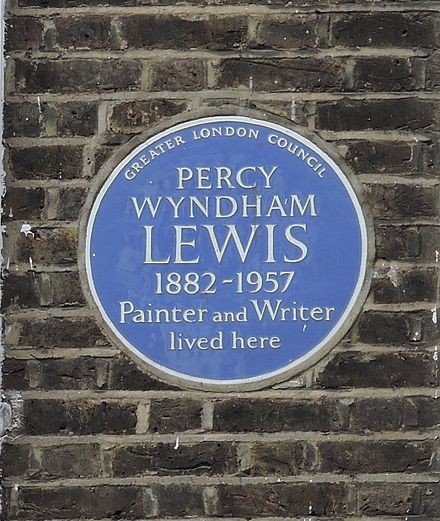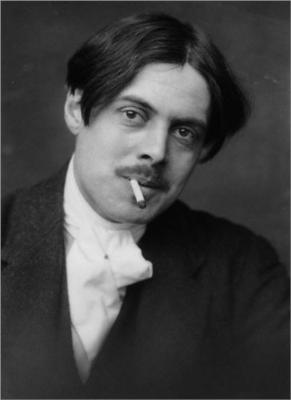
1882 - 1957
Percy Wyndham Lewis

description
Wyndham Lewis, the most famous English modernist, played a prominent role in both painting and literature. He is best known as the founder and the main representative of Vorticism, a specific branch of Futurism in the art that went far enough beyond its borders. Despite conventional methods, the idea of this English avant-garde movement is not to glorify the mechanization of society, but in its detrimental effect. The name of the work that derived from the Italian «vortizto» (whirlwind) is taken from the statement by W. Boccioni, an Italian Futurist, that all creativity comes from a whirlwind of feelings. Through the journals he published, Lewis influenced the development of the pioneering British movement as a whole.
He mostly created portraits – he depicted key representatives of the culture of England in the first half of the 20th century, whom he knew personally. In the plot genre, the most powerful is his cycle of works on military subjects: the artist participated in the First World War.
Key ideas:
– In the history of culture, Lewis is mainly the leader of Vorticism. This crude, sometimes brutal form of modernism that derived from futurism and cubism had a different idea from the named styles. While Futurists celebrate technical progress as the progress of mankind, the English branches of Futurism show how “the concrete and mechanical” world crushes a human being.
– The method of Lewis who loved both Cubism and Futurism but cherished ambitions to create a unique style was based on the doctrine that creativity is the strongest explosions (whirlwinds) of feelings, and only they can be a source of a true work of art.
– The artist said about the portraits he created, “The reality reflected in them (portraits) is fresh and elegant and is not inferior to the same qualities of the so famous great portraits of the Renaissance. A portrait ceases to be just a portrait, powerfully involving you as if you were living the moment of someone’s life or even participating in a life that is brighter than yours”. ”The portrait of the artist in the image of painter Raphael” (1921) in this regard is the artist’s tribute to traditional historical roots.
– Many famous portraits by Lewis have a characteristic feature – the eyes are either lowered or directed deep into oneself as if the model avoids meeting the gaze of the artist and the viewer. The painter so skillfully achieved harmony between the content and form that his senior contemporary, W. Sickert, who had no sympathy for modernism, called W. Lewis “the greatest portrait painter who has ever lived on Earth”.
1882
1899
1902
1912
1914
1915
1917
1921
1937
1956
1957
The birth of the artist
Studied at the Felix Slade School of Fine Arts
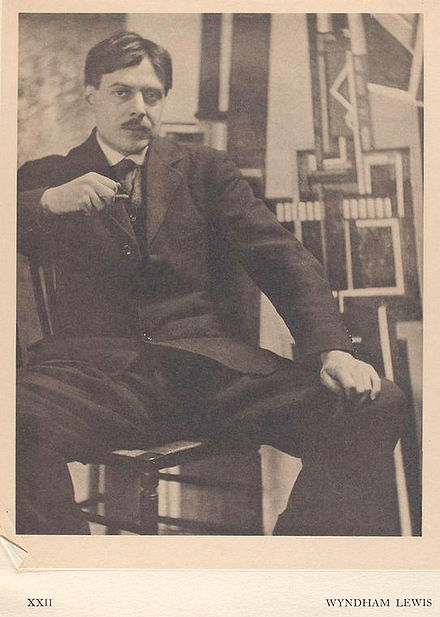
He went on a long seven-year trip to Europe
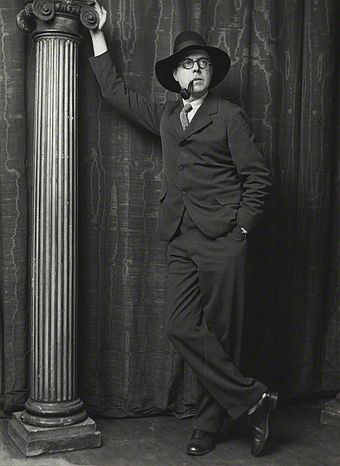
He presented his illustrations for Shakespeare’s plays
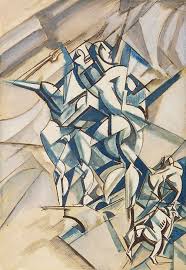
«The Vorticist Manifesto»
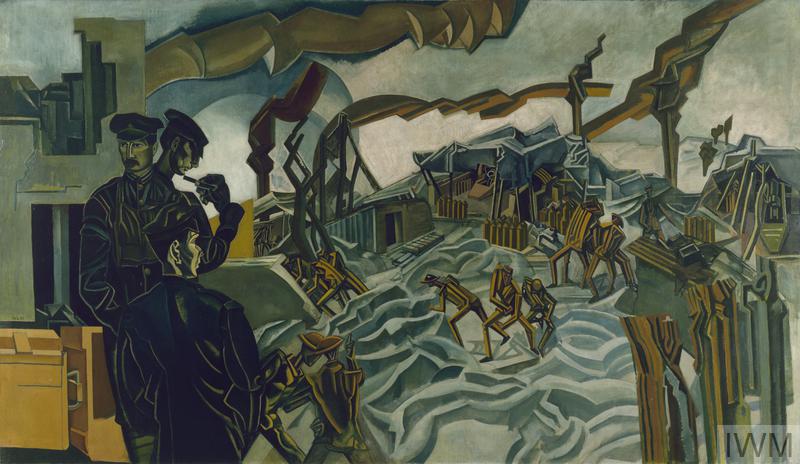
«Blast»
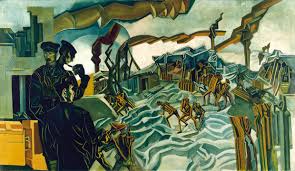
He was appointed an official war artist

Renewed his career as a major painter

Publicly refused to support National Socialism

«Wyndham Lewis and Vorticism»

The death of the artist
